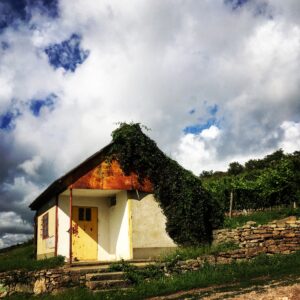Why Dry Furmint will be the Next Big Thing

This problem is one that the region’s vintners are acutely aware of, and, perhaps for the first time in decades, Tokaj is ready to reinvent itself. István Szepsy Sr., the region’s most acclaimed winemaker, has seen tremendous upheaval during his lifetime. His son, István Szepsy Jr., elaborated on some of the sweeping changes the family faced: “Everything went well until the end of the 19th century. The first big problem was when phylloxera hit in the 1890s. Our clay is close to the surface; we have conditions phylloxera thrives in. It completely obliterated the wines.” On the heels of phylloxera came the Communist occupation. “After phylloxera, everything collapsed. Tokaji wines disappeared from the map for nearly 100 years; within five generations, our culture and knowledge were lost.”When we think of Tokaji wines, we imagine Aszú, a honeyed elixir, a glinting treasure chest of apricot preserves, marmalade, quince, forest honey and that most compelling note of smoky, terroir-driven expression that is both indelible and unique. It’s vivid, pure and crystalline, a balance of acidity and glycerol richness that borders on oily, neatly walled in by a stony terrace. Crowned the “Wine of Kings and the King of Wines” by Louis XIV, the sweet wines of the Tokaj region rival the best Sauternes. We love them, yet we rarely drink them, dusting off a long-cellared bottle at the holidays or during the winter months; it’s not a wine that makes a regular appearance at the supper table.
You can download a PDF of the full article or browse to read it online in Tasting Panel Magazine’s October-November 2016 edition.

